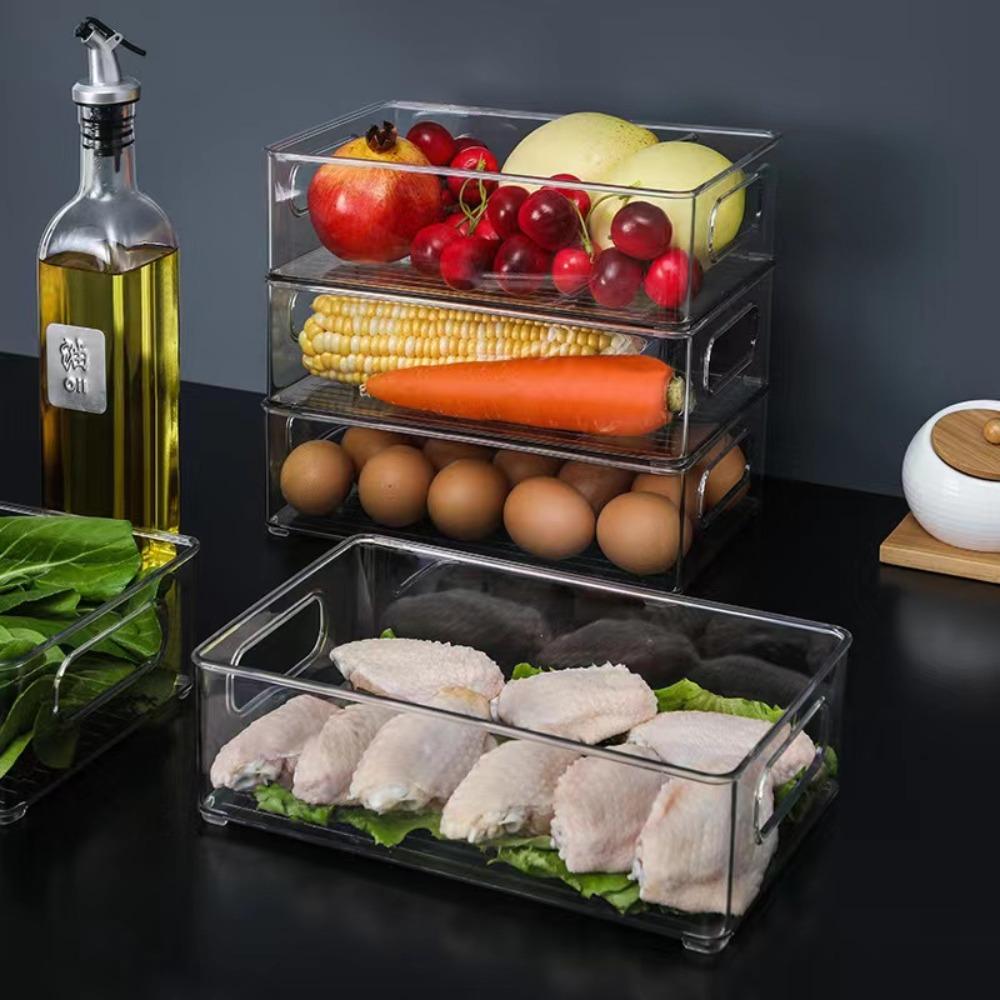Tiny house living demands that every inch is maximally utilized. Food storage is one of the biggest challenges of such a lifestyle, considering a tiny fridge and even tinier pantry space. Smart organization is important for keeping food fresh and avoiding waste. This guide provides the best tiny home refrigerator options and food storage hacks that maximize efficiency.
The Tiny Home Fridge Selection Guide
Getting a small house fridge means having to evaluate which type is best, and each has its pros and cons. Here are the best selections:
1. Mini Fridge
Best for: The solitary occupant or one who regularly eats fresh food
Pros: Small size, power saver, economical to buy
Cons: Limited storage; may not have freezer space.
2. Compact RV-Style Fridge
Best for: Off-grid living and mobile tiny home setups
Pros: Operates on propane, 12V, or AC; very energy-efficient
Cons: Higher cost; limited freezer capacity.
3. Apartment-Size Fridge
Best for: Stationary tiny homes that happen to have a larger kitchen area
Pros: Higher storage capacity and full-size freezing ability.
Cons: Requires more energy to operate and more physical space.
4. Drawer Style or Under-Counter Fridges
Best for: Minimalist kitchen schemes
Pros: Cool looking, space-saving, and energy-efficient.
Cons: Pricey; custom installation may be required.
Food Storage Hacks for Tiny Homes
Once you’ve got the perfect fridge in place, these clever solutions for food storage will help keep your fridge organized and fresh.
1. Stackable Storage Bins
Invest in clear, stackable containers to maximize vertical space inside your fridge and pantry. Label them for easy access.
2. Airtight & Flat Containers for Leftovers
Flat containers usually take up less space than round ones, making it possible to stack many meals on top of one another.
3. Make Use of Door Storage Again
All your small jars and drinks should be placed in the refrigerator door, while all the other food items can go into the shelves.
4. Freeze in Portions
Instead of throwing a bunch of fresh stuff into a freezer, just put a few pieces of meat, vegetables, and sauces into commodious bags or pre-portioned pieces for smaller usage. To save space and provide a longer shelf life, use a vacuum sealer.
5. Collapsible Containers
These silicone collapsible containers expand or shrink down according to the food quantity added and do not occupy space when not in use.
6. A Minimalist Pantry
These are really handy things: rice, pasta, canned goods, and spices, great nonperishable food items that might help feed many hungry mouths for different types of cuisine. Apply the rotation system to keep your pantry from getting cluttered.
7. Produce Hanging Rather Than Refrigerated
Make arrangements for hanging baskets to keep onions, garlic, and potatoes so they don’t occupy actual refrigerator storage, but keep them fresher longer.
8. Plan Your Meals to Reduce Waste
Since you have very few fridges in tiny homes, meal planning is done because only the right amount will be bought in storage, and nothing will spoil.
Final Thoughts
Living in a tiny house is not going to deprive you of fresh, delicious food. With the right fridge and smart storage strategies, fresh, delicious food can all be enjoyed with the right fridge and smart storage strategies in a well-organized kitchen that will not jam pack the limited space available in your tiny home. Try them in your tiny home fridge and make it functional and efficient.


